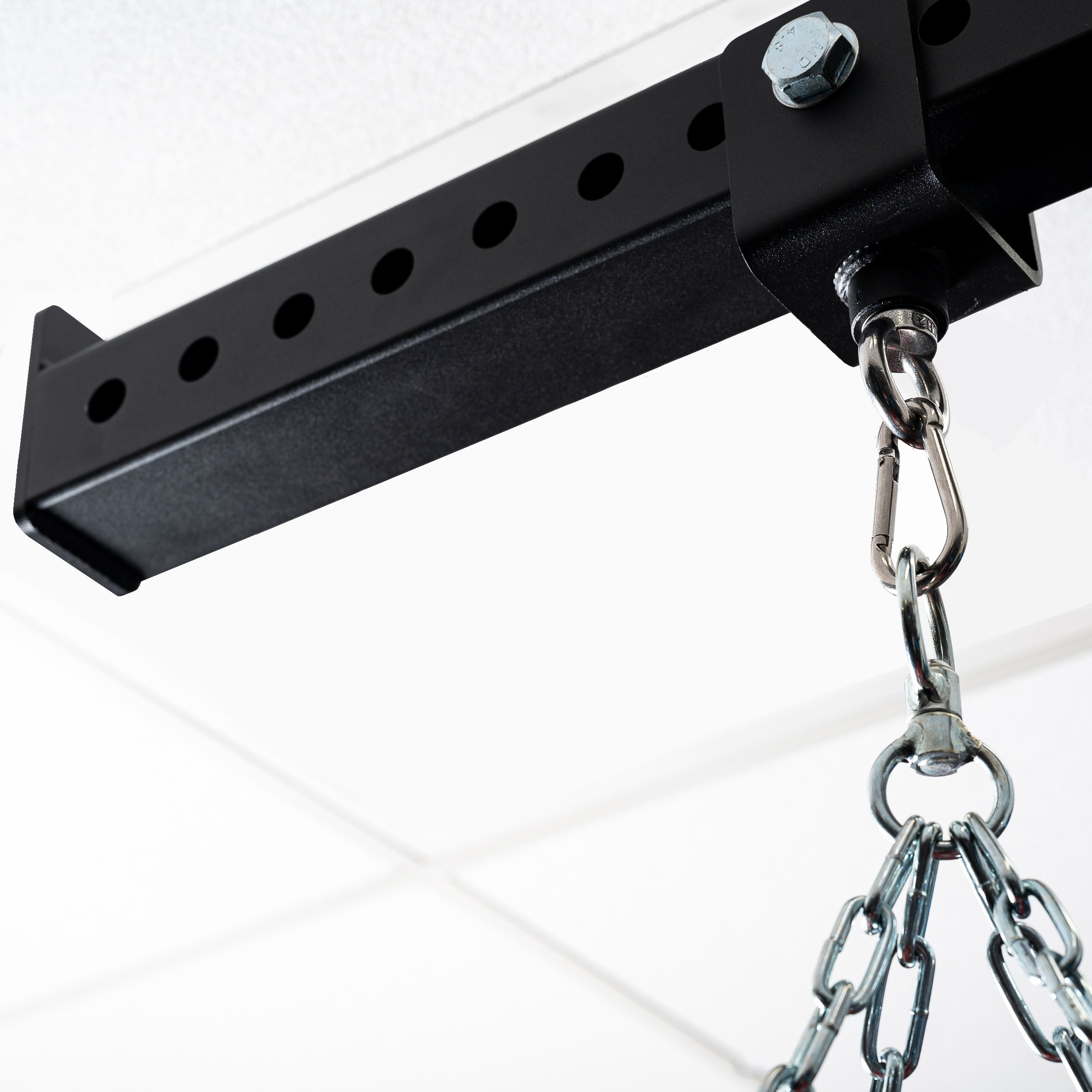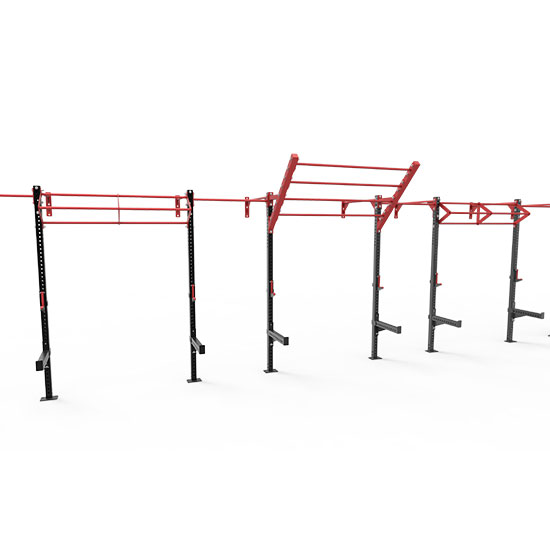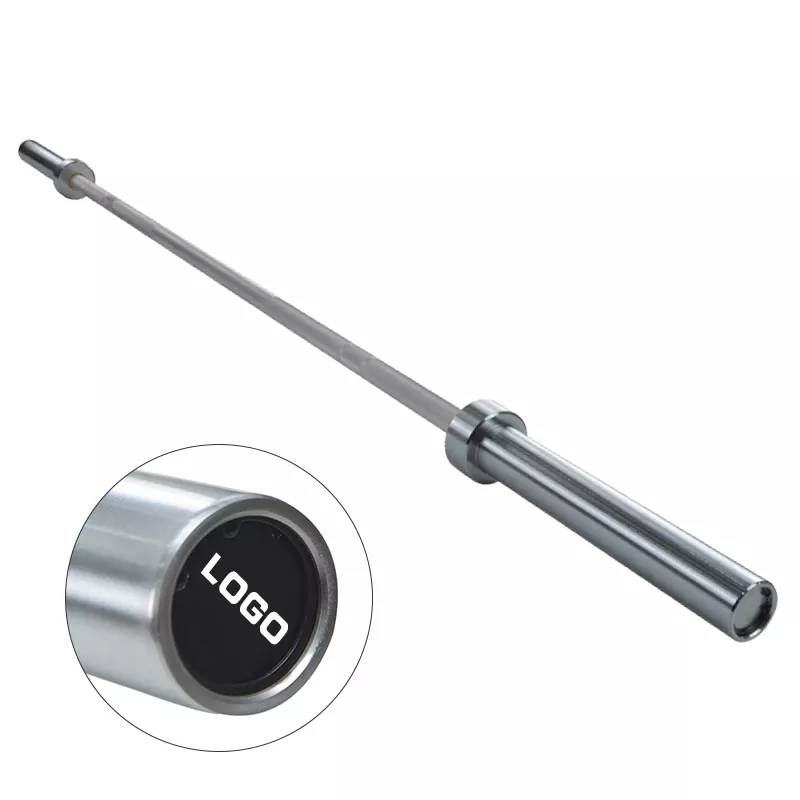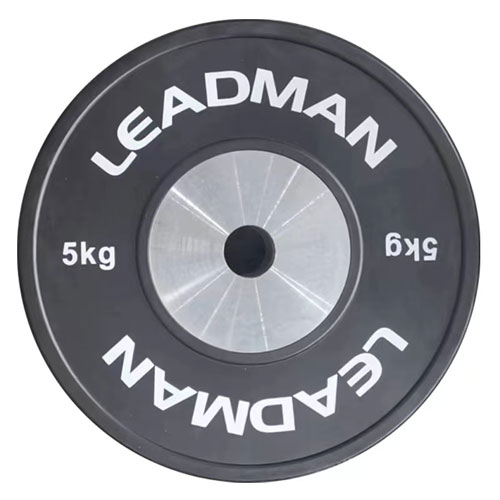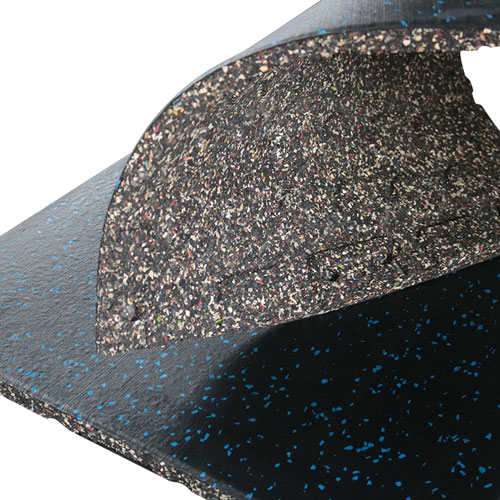ما هو الفرق بين سجادة اليوغا الرخيصة والباهظة الثمن
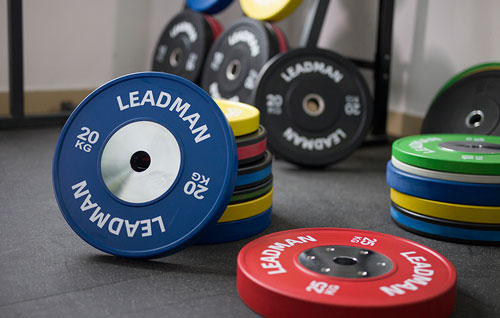
Remember that first yoga class? The excitement, the anticipation… then the unsettling feeling of your feet slipping on the mat during downward-facing dog, followed by a nagging knee ache from the paper-thin cushioning? That, my friends, was the yoga mat dilemma in action. The seemingly simple piece of equipment can significantly impact your practice, and choosing the wrong one can lead to discomfort, injury, and ultimately, a less enjoyable experience. While the price difference between yoga mats can be significant, the value proposition extends far beyond the initial cost. This post will explore the key distinctions between cheap and expensive mats to help you choose the right one for your needs and budget.
المسائل المادية: أساس ممارستك العملية
The material of your yoga mat is the cornerstone of its performance. Different materials offer varying levels of grip, cushioning, durability, and environmental impact. Let's delve into some of the most common options:
كلوريد البوليفينيل المتعدد الفينيل (PVC): PVC is ubiquitous in budget-friendly yoga mats. Its pros are undeniable: it's incredibly affordable and generally durable. However, PVC's cons outweigh its advantages for many practitioners. It's a non-biodegradable plastic, contributing to environmental pollution. More importantly, its slick surface often loses grip when wet, making it dangerous for sweaty practices like Bikram or hot yoga. The lack of cushioning also adds to discomfort during longer sessions.
TPE (اللدائن البلاستيكية الحرارية): TPE is a more eco-friendly alternative to PVC. It's often touted as a sustainable option because it's recyclable and made from a blend of plastics rather than a single petroleum-based component. TPE mats usually provide decent cushioning and are generally more comfortable than PVC. However, they may not be as durable as natural rubber and can sometimes lose grip over time, especially with heavy use.
المطاط الطبيعي: Natural rubber mats offer superior grip, especially when sweaty, making them ideal for hot yoga and vigorous practices. They're naturally absorbent and often quite durable. From a sustainability standpoint, responsibly sourced natural rubber is a winner. However, natural rubber can be pricier than PVC or TPE. It might also have a strong initial odor that dissipates over time, and it's susceptible to mildew if not properly cleaned and stored.
مواد أخرى: A growing number of innovative materials are entering the yoga mat market. Cork mats offer excellent grip and are naturally antimicrobial, reducing the risk of mildew. However, they tend to be less durable and can be sensitive to moisture. Jute mats are another eco-friendly option, but their lack of cushioning and grip limits their suitability for certain practices. Microfiber mats are lightweight and easy to clean, but might not provide sufficient cushioning or grip for all styles.
الإمساك والثبات: الثبات أثناء التدفق
Grip is paramount for safety and the overall quality of your practice. A mat that slips during challenging poses can lead to injury and frustration. Cheap mats, often made of PVC, often lack sufficient grip, particularly when your skin is wet with sweat. The surface might be smooth and offer little friction, leading to instability. In contrast, higher-quality mats made of natural rubber or textured TPE offer significantly enhanced grip, keeping you securely grounded even during intense flows. The texture plays a crucial role here: deeply textured surfaces provide more points of contact, enhancing grip and stability.
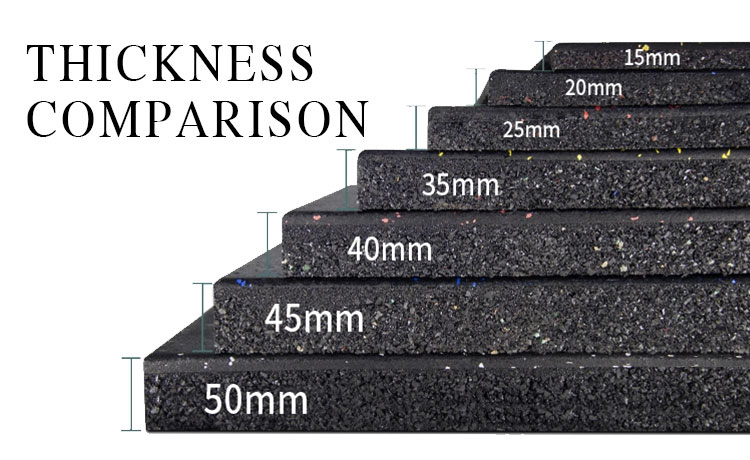
مقارنة السُمك
التوسيد والراحة: حماية مفاصلك
The thickness of your yoga mat is directly correlated to its cushioning. Thinner, cheaper mats offer minimal joint protection, potentially leading to discomfort or even injury during poses that place pressure on knees, hips, elbows, and wrists. Thicker, more expensive mats provide superior cushioning, absorbing impact and reducing strain on your joints. This difference is particularly noticeable during longer practices, where joint discomfort can significantly impair your performance and enjoyment. High-density foam provides superior cushioning compared to thinner, less dense alternatives.
المتانة وطول العمر: الاستثمار على المدى الطويل
While a cheap mat might seem like a budget-friendly option upfront, its lack of durability translates to higher long-term costs. Cheap mats are prone to tearing, ripping, and general wear and tear, requiring frequent replacements. Higher-quality mats, on the other hand, are designed to withstand intense use and maintain their integrity over time. Consider the "cost per use": a more expensive mat that lasts for years might actually be cheaper in the long run than repeatedly replacing cheaper mats. Look for mats with reinforced edges to prevent fraying and tearing.
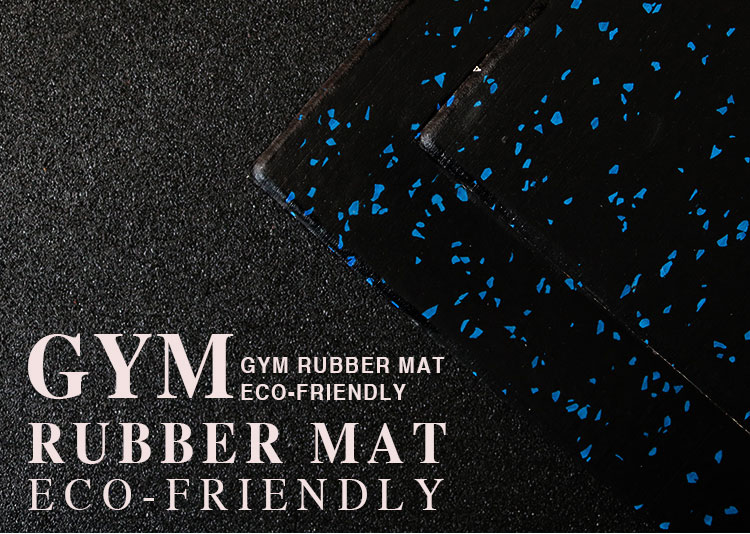
بساط مطاطي رياضي
خيارات صديقة للبيئة: اتخاذ خيارات مستدامة
The environmental impact of your yoga mat should be a key consideration. PVC production and disposal contribute significantly to pollution. Opting for eco-friendly materials like TPE, natural rubber (sourced responsibly), or cork reduces your environmental footprint. Look for certifications such as OEKO-TEX Standard 100, which guarantees the absence of harmful substances in textiles and ensures that manufacturing processes adhere to stringent environmental standards.
الحجم والوزن: العثور على المقاس المناسب
Standard yoga mat sizes generally range from 72 inches long and 24 inches wide, though variations exist. Taller individuals might prefer extra-long mats. Consider your height and practice style when choosing a size. Weight is another factor to consider, especially if you plan to transport your mat regularly. Lighter mats are easier to carry, while heavier ones might offer increased stability. Travel mats are designed for portability and compactness.
التنظيف والصيانة: الحفاظ على نضارة سجادتك
Proper cleaning and maintenance are vital for prolonging the life of your yoga mat and preventing the growth of mildew. Always check the manufacturer's instructions for specific cleaning recommendations. Generally, you should avoid harsh chemicals and opt for mild soap and water. Regular cleaning not only removes sweat and dirt but also helps maintain grip. Proper storage in a dry, well-ventilated area is also crucial to prevent mildew and damage.
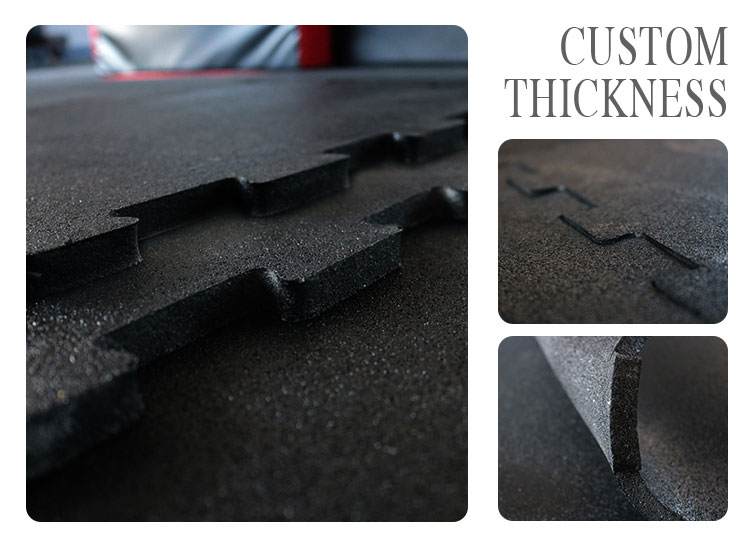
السُمك المخصص
اعتبارات نقطة السعر: الموازنة بين القيمة والميزانية
Yoga mats range in price from under $20 for basic PVC mats to over $100 for high-end natural rubber or specialized mats. Understanding this price range is essential for informed decision-making. While budgeting is important, remember that investing in a high-quality mat can save money in the long run by reducing the need for frequent replacements. For budget-conscious consumers, TPE mats offer a good balance between price and performance. Those prioritizing grip and sustainability might choose a natural rubber mat, despite the higher cost.
الخاتمة: اختيار سجادة اليوغا المناسبة لك
The choice between a cheap and an expensive yoga mat boils down to a careful consideration of your individual needs and priorities. Cheap mats offer affordability but often compromise on grip, cushioning, durability, and environmental impact. Expensive mats offer superior performance in these areas, justifying the higher cost through longevity and enhanced practice quality. Ultimately, investing in a yoga mat that supports your practice, comfort, and well-being is a worthwhile investment. Choose wisely, and enjoy your flow!
أسئلة وأجوبة حول اختيار سجادة اليوغا وصيانتها
1. ما هو الفرق بين سجادة اليوغا الرخيصة والغالية الثمن؟
غالباً ما تكون حصائر اليوغا الرخيصة مصنوعة من مادة PVC وقد توفر قبضة وتوسيد ومتانة محدودة. أما الحصائر باهظة الثمن، مثل تلك المصنوعة من المطاط الطبيعي أو TPE، فتوفر قبضة أفضل وراحة ومتانة طويلة الأمد، مما يعزز من ممارستك للتمرين ويوفر المال على المدى الطويل.
2. كيف أختار سجادة اليوغا المناسبة لممارستي لليوغا؟
ضع في اعتبارك عوامل مثل الخامة (PVC أو TPE أو المطاط الطبيعي) والسماكة للتوسيد والقبضة لنوع التمرين الذي تمارسه. لممارسة اليوغا الساخنة أو التمارين التي تتطلب التعرق، اختر الحصائر ذات التماسك الفائق، مثل المطاط الطبيعي. أما إذا كانت الاستدامة مهمة، فإن الخيارات الصديقة للبيئة مثل الفلين أو البولي فينيل متعدد الألياف هي خيارات رائعة.
3. كيف أحافظ على سجادة اليوغا الخاصة بي للحفاظ عليها في حالة جيدة؟
التنظيف المنتظم هو المفتاح. استخدمي الماء والصابون المعتدل لمسح السجادة وتجنبي المواد الكيميائية القاسية. قم بتخزين السجادة في مكان جاف وجيد التهوية لمنع العفن. تحقق دائماً من تعليمات العناية الخاصة بالشركة المصنعة لمعرفة أفضل الممارسات.
4. هل يمكنني استخدام أي سجادة يوغا لجميع أنواع اليوغا؟
على الرغم من أن العديد من الحصائر متعددة الاستخدامات، إلا أن بعض أنواع اليوغا، مثل اليوغا الساخنة أو البيكرام، تتطلب حصائر ذات قبضة فائقة ومقاومة للرطوبة. بالنسبة لهذه الممارسات، تُعد الحصائر المصنوعة من المطاط الطبيعي أو البولي إيثيلين تيريفثاليتامين (TPE) مثالية. أما بالنسبة للممارسات اللطيفة مثل اليوغا التصالحية فقد تكون الحصيرة السميكة المبطنة أكثر ملاءمة.

